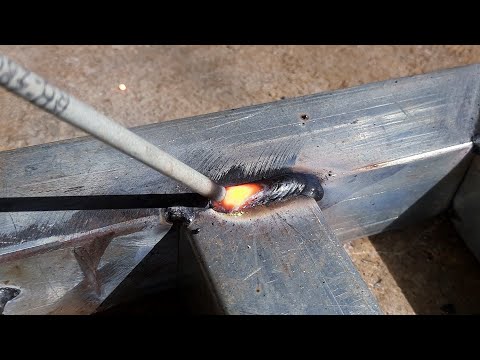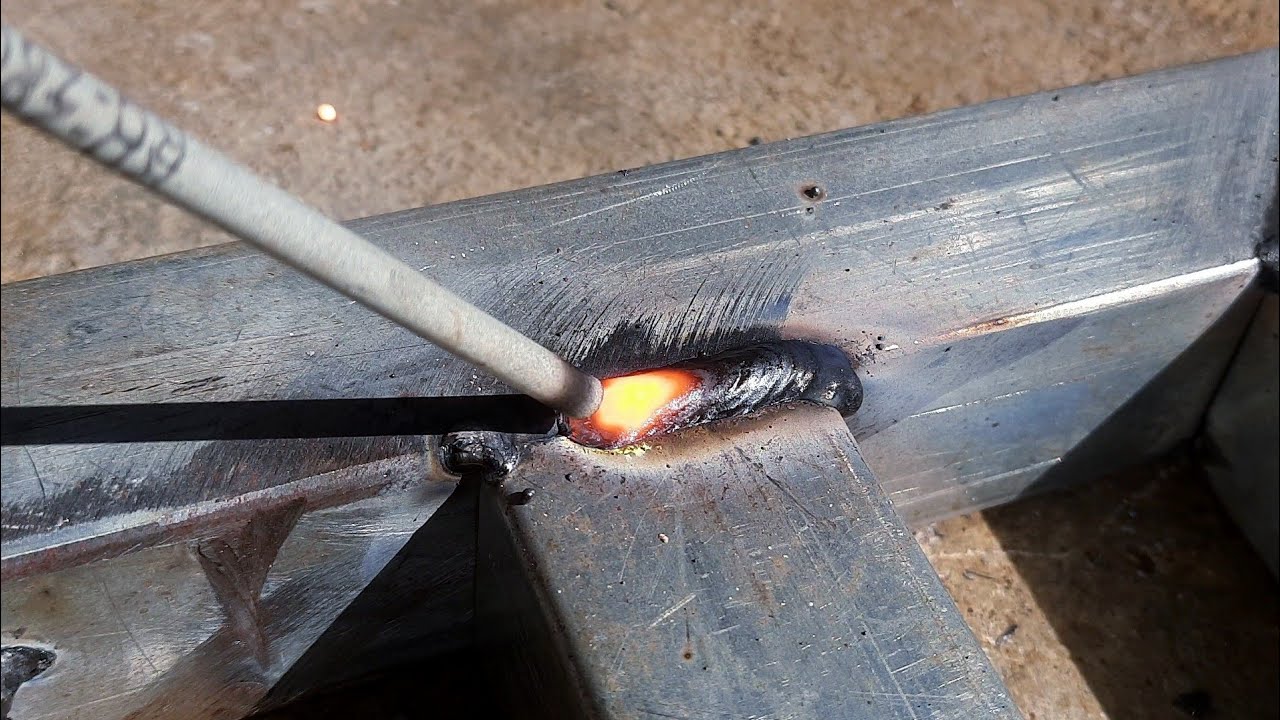Welding and metal fabrication are the dynamic processes that bring imagination to life, transforming raw materials into intricate works of art and functional structures. With the skillful fusion of heat, precision, and creativity, these crafts merge form and function, creating awe-inspiring products that stand the test of time.
Imagine sparks flying as skilled artisans meticulously shape and join metal components, crafting everything from towering skyscrapers to delicate sculptures. The artistry involved in welding and metal fabrication is unparalleled, as these craftsmen use their hands and specialized tools to create masterpieces that leave a lasting impression.
From the construction industry to automotive and aerospace, the applications of welding and metal fabrication are vast and ever-evolving. Whether it’s constructing bridges that connect communities or designing custom metal furniture that adds a touch of elegance to living spaces, these skilled professionals play an integral role in shaping our modern world.
Not only does welding and metal fabrication push the boundaries of creativity, but it also requires a deep understanding of metallurgy, design principles, and engineering. It is a meticulous dance between man and metal, where knowledge and technique come together to form structures that are not only visually stunning but also structurally sound.
In a world where mass production often dominates, welding and metal fabrication stands as a testament to the power of craftsmanship and individuality. By embracing this age-old trade, we celebrate the beauty of handmade items that are built to last, while also supporting local artisans who pour their heart and soul into every piece they create.
Discover the artistry, precision, and innovation that define the world of welding and metal fabrication. Explore the limitless possibilities these skilled craftsmen offer and witness firsthand the magic that happens when heat, metal, and imagination collide.

The Basics of Welding and Metal Fabrication
Welding and metal fabrication are two integral processes in the manufacturing and construction industries. These processes involve joining and shaping metal pieces to create various structures and products. While welding focuses on fusing metals together, metal fabrication encompasses a broader range of techniques, including cutting, bending, and assembling metal components.
The Importance of Welding
Welding plays a crucial role in numerous industries and is essential for constructing everything from buildings to bridges, automobiles to airplanes. It enables the creation of strong and durable joints, ensuring the structural integrity of the final product. Additionally, welding allows for the repair and maintenance of existing structures, extending their lifespan and functionality.
The Process of Welding
Welding involves the application of heat and pressure to join two or more metal pieces together. The process typically requires the use of a filler material, which is melted and solidifies to form a strong bond between the workpieces. There are several welding techniques, including arc welding, gas welding, and resistance welding, each suited for specific applications.
The Importance of Metal Fabrication
Metal fabrication encompasses a wide range of processes that transform raw metal materials into finished products. It involves cutting, bending, and shaping metal sheets, tubes, and bars to create various structures, machines, and components. Metal fabrication is vital for industries such as automotive, aerospace, and construction, as it enables the production of custom-made parts and structures tailored to specific needs.
The Process of Metal Fabrication
Metal fabrication typically involves multiple steps, starting with the design and engineering of the desired product. Once the design is finalized, the fabrication process begins with cutting the metal into the required shape using various tools such as saws, lasers, or plasma cutters. After cutting, the metal pieces are bent or shaped using techniques like press braking or rolling. Finally, the components are assembled through welding, bolting, or riveting to create the final product.
The Future of Welding and Metal Fabrication
As technology advances, so does the field of welding and metal fabrication. Automation and robotics are increasingly being integrated into these processes, improving efficiency, accuracy, and safety. Robotic welding systems can perform complex welds with high precision, reducing the risk of human error and increasing productivity. Additionally, advancements in materials and techniques, such as 3D printing, are revolutionizing the industry, allowing for the creation of intricate and lightweight structures.
In conclusion, welding and metal fabrication are vital processes in various industries, enabling the creation of structures, machines, and components. Welding ensures the strength and durability of joints, while metal fabrication allows for the customization and production of tailored products. As technology continues to advance, these fields will undoubtedly evolve, bringing new possibilities and innovations to the manufacturing and construction sectors.
“Unveiling Hidden Welding Techniques: The Three Secret Metal Joining Tricks”
Welding and Metal Fabrication
Welding and Metal Fabrication Information
| Topic | Description |
|---|---|
| Welding Process | Welding is a fabrication process that joins materials, typically metals or thermoplastics, through fusion. This process involves melting the base materials and adding a filler material to create a strong bond. Various welding processes, such as arc welding, gas welding, and laser welding, offer different advantages and applications. |
| Metal Fabrication | Metal fabrication encompasses a range of processes used to shape, cut, and assemble metal parts and structures. It involves techniques like cutting, bending, welding, and machining. Metal fabrication is crucial in industries such as construction, automotive, aerospace, and manufacturing. |
| Welding Safety | Ensuring welding safety is of utmost importance. Welders must protect themselves from hazards like intense heat, harmful fumes, and bright light. Proper safety equipment, such as welding helmets, gloves, and protective clothing, should be used. Adequate ventilation and fire safety measures are also essential in welding environments. |
| Welding Certifications | Professional welders often obtain certifications to demonstrate their skills and knowledge in specific welding processes. Certifications, such as those provided by the American Welding Society (AWS), validate competency in areas like structural welding, pipe welding, and underwater welding. These certifications are highly valued in the industry. |
| Advancements in Welding Technology | The field of welding constantly evolves with technological advancements. Automation and robotics have revolutionized welding processes, allowing for increased precision, efficiency, and productivity. Additionally, advancements in materials science, such as the development of high-strength alloys, have expanded the capabilities of welding and metal fabrication. |
As an expert, I recommend individuals interested in welding and metal fabrication to thoroughly understand the different welding processes available to determine the most suitable one for their specific applications. It is also crucial to continuously update skills and knowledge by pursuing relevant certifications and staying abreast of the latest advancements in welding technology. By prioritizing safety measures and utilizing proper equipment, welders can ensure a secure and efficient working environment. Remember, metal fabrication is an intricate craft that requires expertise, precision, and a deep understanding of materials, techniques, and industry standards.

